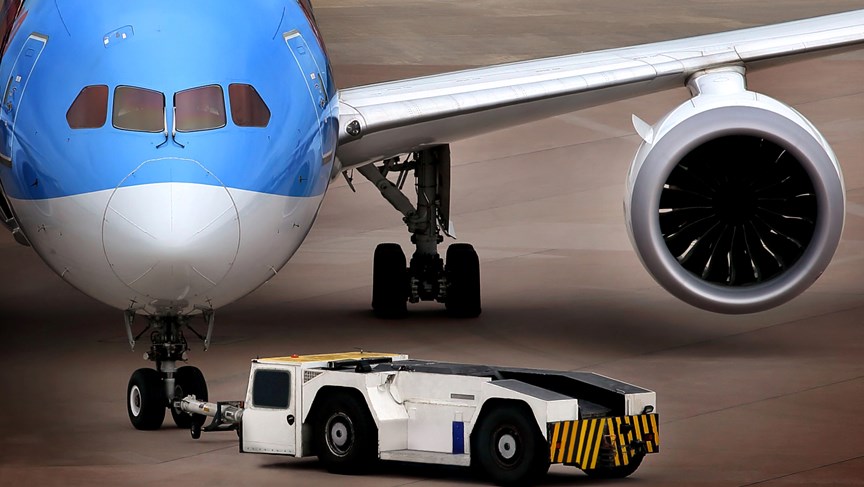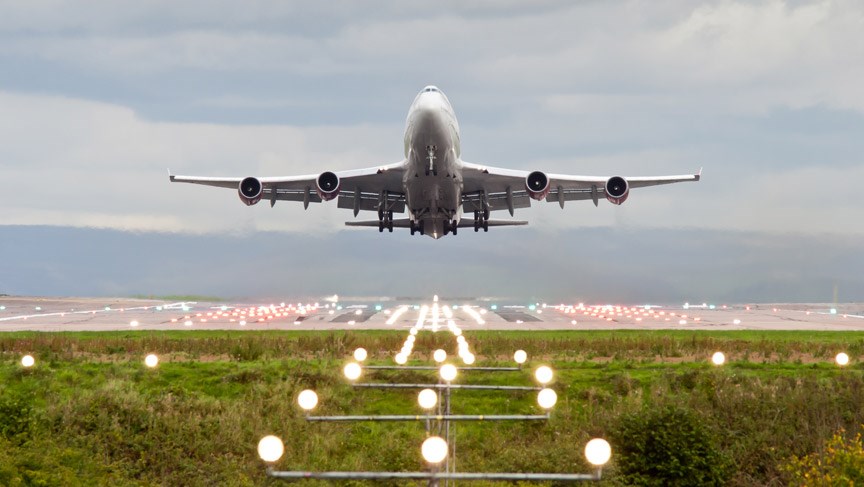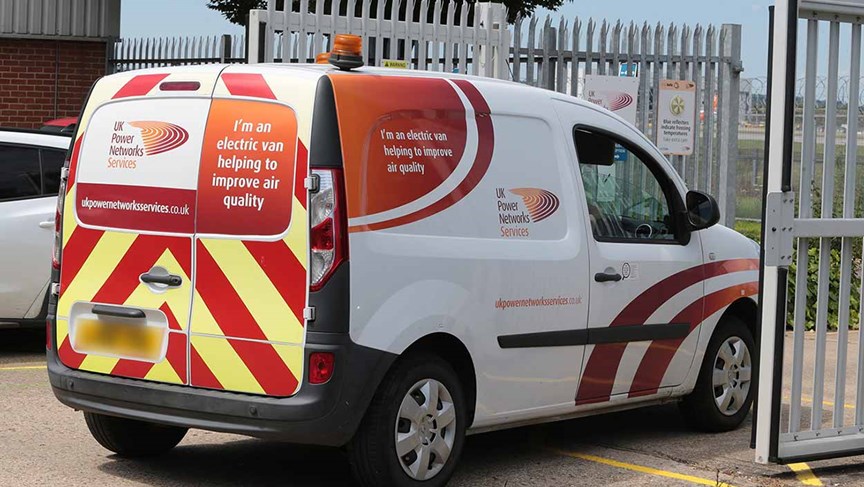Aviation
We provide power distribution and energy infrastructure solutions for Heathrow, Gatwick, Stansted and London City airports and have a clear understanding of the challenges that UK airports are facing.
UK airports are under enormous pressure to ensure they have the capacity to keep up with demand, which in turn affects the performance of the energy infrastructure that keeps them running around the clock. As they expand to meet these pressures, airports around the country have the opportunity to reap the benefits of an energy transition where the energy market is decentralising and there is a sharper focus on sustainability.
Our airports provide connectivity between the UK and the rest of the world – any impact to the seamless passenger journey has wide-reaching consequences. Ensuring a safe and continuous electricity supply is key to keeping passengers moving. Maintaining resilience, managing energy costs and reducing the carbon footprint is a delicate and complex balance that all airports are currently facing.


Case study
Manchester Airport
We relocated a substation from the middle of the aircraft taxiway to enable the airport’s expansion programme. The substation powers associated airfield ground lighting and airport communications.
Read moreSupporting expansion
In 2017, UK airports handled more than 285 million passenger journeys. That’s an increase of 15 million from 2016 and demand for air travel is set to increase 50 per cent by 2035.
The impact of required expansion will have significant implications for the energy infrastructure strategy and operation of UK airports. As a provider of power distribution and energy infrastructure solutions for Heathrow, Gatwick, Manchester, Stansted, London City, Luton and Bristol airports, we understand the challenges UK airports are facing.
Managing resilience and cost
A one-second power interruption can affect an airport’s operations for hours, if not days. Having an experienced strategic energy infrastructure partner enables airports to outsource the design, build, management, operation and maintenance of their electrical assets. This enables the airport to remove any risks associated with managing these assets themselves and to focus on their day-to-day business and customers.
Airports are looking to reduce their energy consumption year-on-year while maintaining security of supply. This can be achieved through on-site renewable generation and battery storage, replacing lighting with LEDs and keeping energy consumption low as the expectations of customers, retailers and airlines are increasing.


Case study
Heathrow - West Intake Substation
We designed, procured and installed 33/11kV transformers and 33kV feeder cables to replace the existing assets which had reached the end of their operational life.
Read moreReducing carbon emissions
Sustainability is particularly important for airports, with many having ambitious targets for carbon reduction. Many have introduced electric vehicles into their airside fleets and are offering electric vehicle charging services to their customers across their car parks and to public transport operators.
New technologies, such as electric vehicle charging and energy storage, and on-site generation will enable airports to achieve carbon emission and environmental targets.
CONTACT US
Experts at hand
Employing world-class engineers and professionals, we pride ourselves on the expertise of our people to deliver for our clients.
Our solutions







